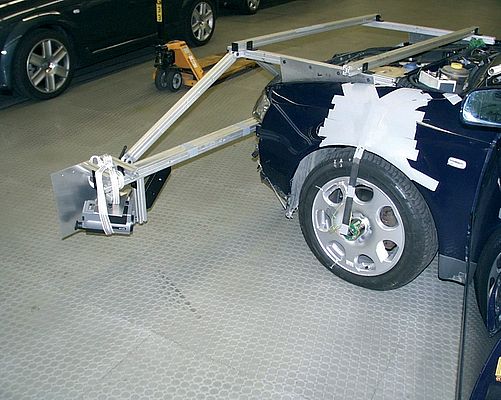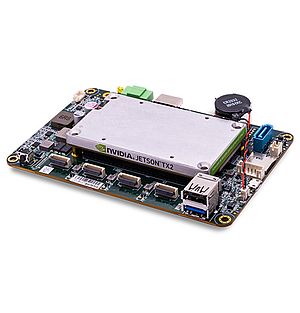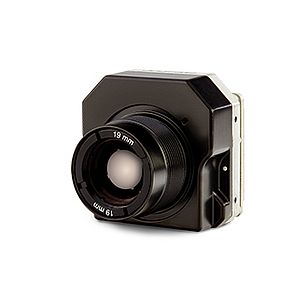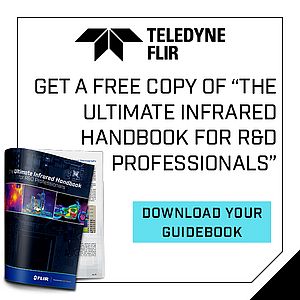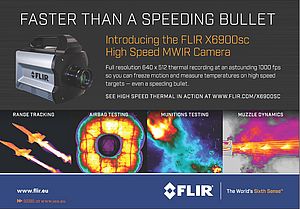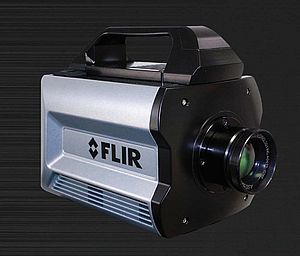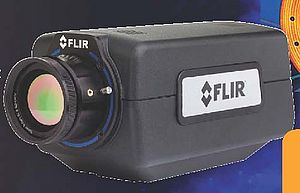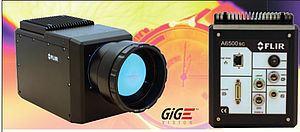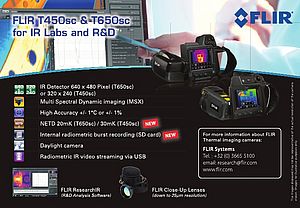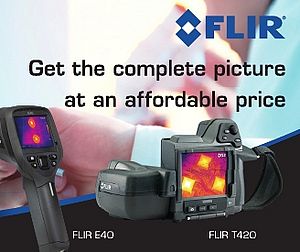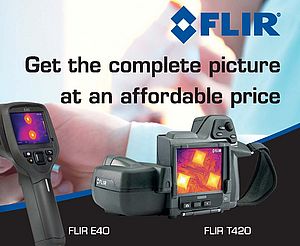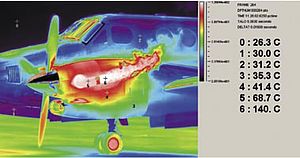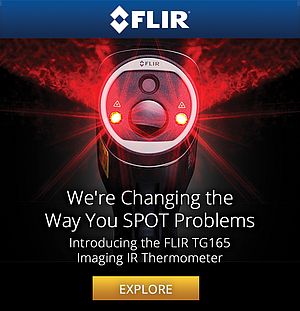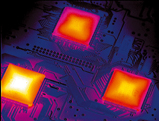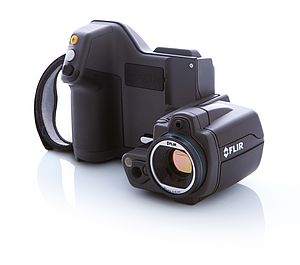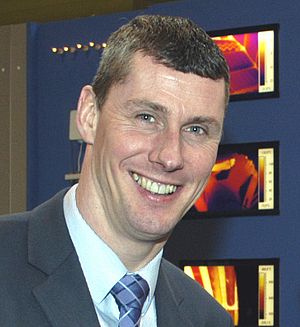“Vorsprung durch Technik” has been the motto of automobile manufacturer Audi for decades. Driven by this approach, the group now also makes intensive use of thermal imaging technology in order to meet its exacting quality criteria.
Audi AG’s headquarters in Ingolstadt, Germany, about 80 km north of the Bavarian capital Munich, is also home to the Technical Development activities of the company with the familiar four-ring logo. Audi has become one of the world’s leading premium car brands. As such, it sets particularly high requirements for parts and components, whether supplied from outside or developed internally. Without the consistent use of a fast, mobile, contact-free and reliable measurement tool which is also able to generate visual images, top quality standards for manufacturing finish, vehicle safety and driving dynamics would be scarcely possible.
Thermography: a significant component of the measurement and testing process
“We started making regular use of thermography in 1998,” recounts Norbert Arnold, who is responsible for thermography in engine development. “Both highly sensitive long-wave cameras and short-wave cameras are used.” The short-wave cameras are used in particular for recording higher temperatures (up to 2000 degrees Celsius).
Some 700 research engineers are involved in engine development work in Ingolstadt. All parts – from simple items such as transmission belts to complex ones such as turbochargers or catalytic converters – are thoroughly tested before they are cleared for production. “The thermographic catalytic converter test is an art in its own right,” says Arnold, who supervises over the measurement instruments and the measurement process. “We have to watch for an even distribution of heat at extreme temperatures. And the short-wave camera’s image frequency of 50 Hz allows us to visualise this.”
A thermal imaging camera is also used on the engine testbed. New engines are put to trial for heat build-up and distribution as well as the determination of the failure point. The camera’s ability to visualize operating cycles is particularly useful, also for other components. According to Arnold, this feature is especially valued by the development engineers.
Audi also uses a Flir Systems infrared camera to test interior furnishing materials such as leather, wood and synthetics on wear and tear and material resistance, including under extreme climatic conditions.
Excellent temperature resolution and a high degree of accuracy are vital preconditions for all measurements. The automobile manufacturer’s thermal imaging cameras are covered by Flir Systems’ Premier Service Package. “An investment,” concedes Arnold, “but it ensures both accurate measurements and the uninterrupted, problem-free deployment of our infrared cameras.”
Infrared forum at Audi
An initiative which underlines the importance of thermography is the infrared forum. Some thirty infra-red camera specialists from various sites meet regularly to exchange information about the use of thermographic applications in the fields of interior design, research and development, preventive maintenance and production. The various departments and units draw up their own detailed emissivity tables essential for precise temperature determination. They swap techniques and tips for tackling problems with reflection from metal parts. This knowledge flows into a database and hence into the Volkswagen Group’s knowledge management process. Moreover, all infra-red camera operators at Audi have attended ITC courses (Infrared Training Center, an independent training institute providing certification) and are certified Level 1 Thermographers.
The testing of supplied parts and internally developed engines using thermal imaging cameras is a costly process, but it helps, among other things, to prevent expensive product recalls. And above all, it ensures that an Audi continues to feel like an Audi.
Author: Loic Premartin, Flir Advanced Thermal Solutions



